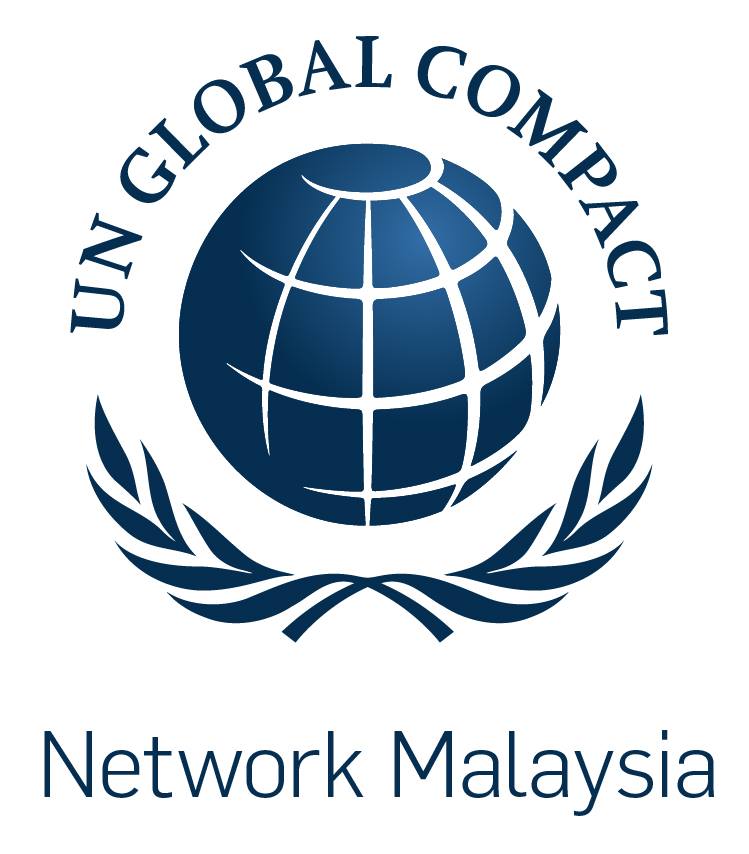Role of Business in Realizing SDG 9
Role of Business in Realizing SDG 9

(Article by UNGC)
Thought Leadership and Innovation – Keys to Driving Corporate Sustainability Forward
Sustainable Development Goal 9 – “Industry, Innovation, and Infrastructure” is perhaps one of the most discussed SDGs in Malaysia, particularly in the corporate space. The drive for innovation is obvious from the rise of startups in Malaysia, while existing corporations strive to innovate their processes in order to remain competitive.
On this end, SDG 9 is a value UN Global Compact Network Malaysia holds close as we support corporations who take initiative to generate thought leadership via research and development on existing technologies, innovative financing environments to seed corporate leadership in the sustainability space, among others.
GCMY refers to United Nations Global Compact’s publication “Blueprint for Business Leadership on SDG 9” on measures as to how businesses can advance Goal 9:
1. Research, develop, and deploy products, services and business models to deliver sustainable and resilient infrastructure
Globally, governments and businesses spend $3 trillion per annum on infrastructure projects, collaborating through public-private partnerships. Businesses supply the majority of the technology and skills underpinning the construction and operation of these assets. These activities should comply with all the relevant standards and requirements of the country.
Leading companies can, on their own or preferably in partnership with ministries/government agencies and other stakeholders, engage in the research, development, and deployment of new products, services and business models that can deliver on the world’s long-term infrastructure challenges. This can include applying innovative methods to maximize the share of urban residents with access to project benefits and essential services, and innovating for more sustainable, resilient infrastructure technologies.
2. Support inclusive and sustainable upgrading of developing country industries in global value chains
Most national development plans in developing countries call for an increase in the share of employment in industry. All businesses with industrial operations and/or strategic industrial suppliers in developing countries must have policies in place to ensure that these activities are inclusive and sustainable. But an essential element of developing countries’ upgrading in the global value chain is the transfer of technology and skills.
To facilitate this, leading companies can establish, invest, or partner with operations with higher added value production processes and support skills transfer and develop local labour markets through inclusive training and apprenticeship programs. They can partner with peers, government, and other stakeholders to help design complementary policies and education programmes, and to ensure that they build on existing capabilities and align with national development plans. This maximizes the chances of successful technology and skills transfer.
3. Create innovation systems for sustainable development by providing access to finance, fostering entrepreneurship, and pooling financial and research resources in a global knowledge base
Inclusive, sustainable industrialization and infrastructure require far more conducive and productive local and global innovation systems. These systems can only emerge with the full support of the private sector and its unique innovation capabilities. Companies can play an active role in shaping these systems by supporting the Malaysian government at the national level but activity at the global level is also crucial, as the scale of the challenge of achieving Goal 9 calls for fruitful global innovation systems.
Companies can support innovation systems for sustainable development by fostering entrepreneurship within the company itself and by financing external innovative enterprises through venture capital and incubators. Leadership in international innovation systems can consist of extraordinary contributions to global pools of research infrastructure. It can also consist of significant contributions to the global knowledge base through education and research funding. Leading companies take measures to ensure that the innovation systems that they support, and the findings that come from them, are open and accessible. They can also proactively engage peers, supply chain members, and the government. Where possible, they engage representatives of vulnerable people and natural assets to understand areas of need that can be addressed with innovative solutions.
4. Upgrade and retrofit infrastructure and industry assets across own and supply chain operations to make them sustainable and resilient
Business plays a central role in planning, designing, financing, building, and operating infrastructure and industrial assets. Yet large parts of the world’s existing infrastructure and industrial asset base are not fully functional, not designed to withstand increasing weather variability and environmental hazards, nor accommodate changing economic realities associated with long-term sustainable development. In developing countries, there is a critical lack of sustainable, resilient infrastructure and industry assets to enable long-term sustainable development.
All businesses are expected to manage risks of negative environmental and social impacts over the lifetime of their assets. But leadership requires asset owners and operators to factor into their investment planning different future states of the world that factor in population growth, technology and demand shifts, changing weather patterns, natural hazards, and conflict. Leading companies should also retrofit assets to make them sustainable, with increased resource-use efficiency and ensure greater adoption of clean and environmentally sound technologies and industrial processes. Leading companies focus these efforts on own and supply chain operations, partnering with supply chain members to build capacity and provide resources to do so.



